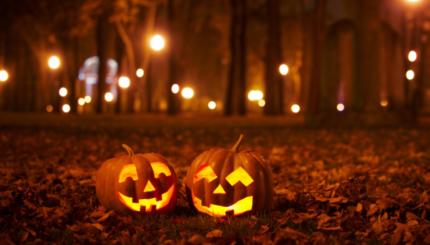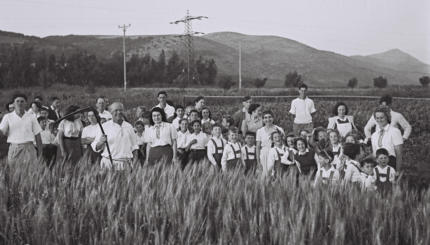With the High Holidays approaching, and major spiritual heavy lifting to be done, it’s an especially important time of year for LGBT Jews and allies to find inclusive Jewish spaces. If you’re in New York City (and over a million of you are), we’ve located a wonderful synagogue doing great work to make sure all Jews feel included: the Israel Center for Conservative Judaism in Queens.
Creating inclusive Jewish spaces is a great goal — but how do you do it? While the answer is likely different for every synagogue, school, and youth group, it’s helpful and encouraging to hear about others’ successes, triumphs, and their lessons learned.
So we’re starting this regular column to spotlight practices and policies that have worked for Jewish institutions all over the country. We’re calling it “The Tachlis of Inclusion” — tachlis being the Jewish term for the substance of something, the mechanics, the nuts-and-bolts of it.
We’ll share a different story of one synagogue (or school, or camp) finding success on the road to inclusion. We hope they inspire you. We’re always looking for institutions to profile – drop us a note if you have a story to tell and you may end up as next month’s feature!
In this month’s installment of Tachlis of Inclusion, Rabbi Robyn Fryer Bodzin talked with us about how the ICCJ has built a community where individuals and families of every background, configuration, identity, and interest are welcomed and valued. We first met Rabbi Fryer Bodzin in 2008, when she attended a Keshet Training Institute.
There’s a great video of what inclusion looks like at the congregation you lead, Israel Center for Conservative Judaism. What are some of the LGBT-inclusive projects, initiatives, and general stuff you and ICCJ have been working on recently?
Thanks for taking notice of our video. We tried to capture that we truly are a diverse community. At ICCJ, we focus on enabling and encouraging people to travel on their Jewish journeys. We are not a massive synagogue, but we are very diverse. We have a significant Jews by Choice population, and our membership has a 100-year age range. It is just taken for granted that we are LGBT inclusive. For example, on our membership form, we have spaces for Adult 1 and Adult 2, instead of Male or Female. There is no stigma here about one’s sexual orientation.
We heard that you hung our Seven Jewish Values poster up in the synagogue — can you share why, and what responses you’ve received?
The seven values are not just LGBT values, they are universal values. They are what lead to a caring community, which is what we strive to be. The poster is up in our lobby so that when people walk through the doors they will know what they are walking into. Hopefully, everyone, no matter how they identify, will read it and think, “Hey, this is a welcoming community.”
You wrote a beautiful piece in eJewish Philanthropy this past February on the “changing modern Jewish family,” where you shared different ideas about creative inclusive space, and you mentioned attending a Keshet Training Institute. Can you talk about some of ways institutions can cultivate spaces that acknowledge, include and value these modern families?
Thank you. When I look at the young families community at my synagogue, it is hard to ignore how diverse they are. While this community is comprised of single parent families, interfaith families, two mommy families — none of that matters when they are here. They really have molded into a community. They celebrate holidays and Shabbat together. They learn together and share b’nei mitzvah experiences together. A few generations ago, the synagogue was the center and the dad worked and the mom stayed home and everyone came to shul on Shabbat. Nowadays, we need to compete with so much. So sometimes a synagogue experience might be a tweet or reading a Facebook status update, and that is fine for me. Everyone has their own entry point to Jewish institutions, even if some people don’t walk in the door so often. What is important for me is that when people walk in the door, no matter their family structure, they feel welcome.
Do you see LGBT inclusion as something separate from or part of the other kinds of “modern families” Jewish communities are now seeing?
A priority of my synagogue is to attract Jewish families and individuals. An LGBT Jewish family is a Jewish family. Why would there be a difference?
You’re the first female rabbi of Queens. Do you think this slightly outsider position gives you an edge in building inclusive community?
When I first got here, people were not really sure what to make of me. I have always been an advocate for LGBT rights and an ally of the LGBT community. It is part of my identity and my public persona. Equality is one of the issues I am passionate about. I was thrilled when my synagogue actively got behind my idea to create a print advertisement when the Marriage Equality Act was passed, informing the world that ICCJ continues to welcome all into our synagogue. And the ad had a tasteful rainbow and two wedding rings. I am not sure if that means if I have an edge, but I come by it honestly.
Shabbat
Pronounced: shuh-BAHT or shah-BAHT, Origin: Hebrew, the Sabbath, from sundown Friday to sundown Saturday.
shul
Pronounced: shool (oo as in cool), Origin: Yiddish, synagogue.


